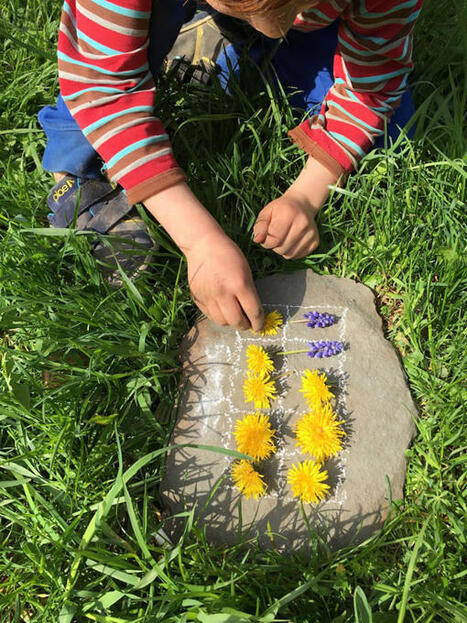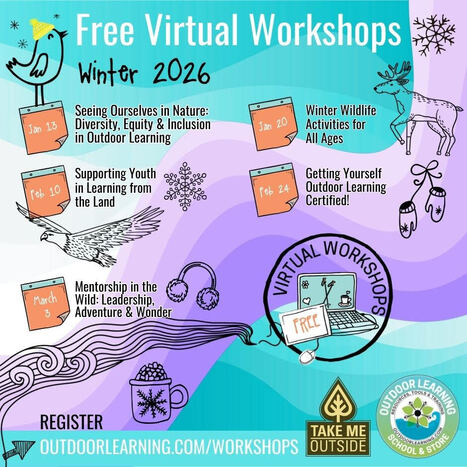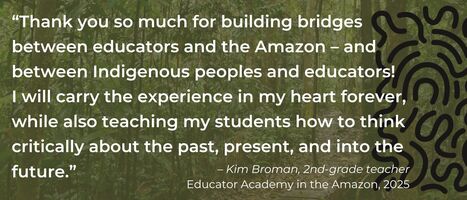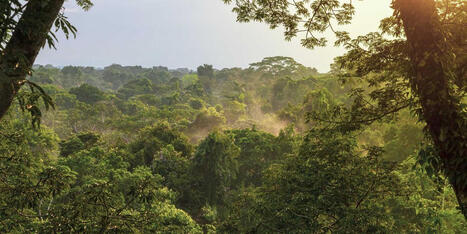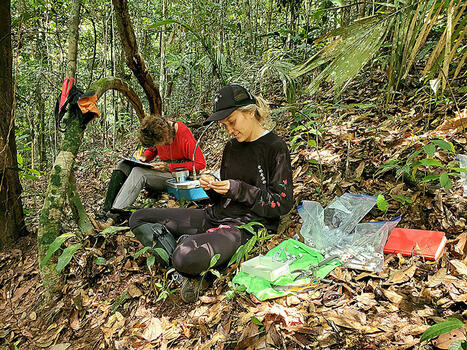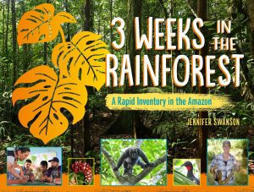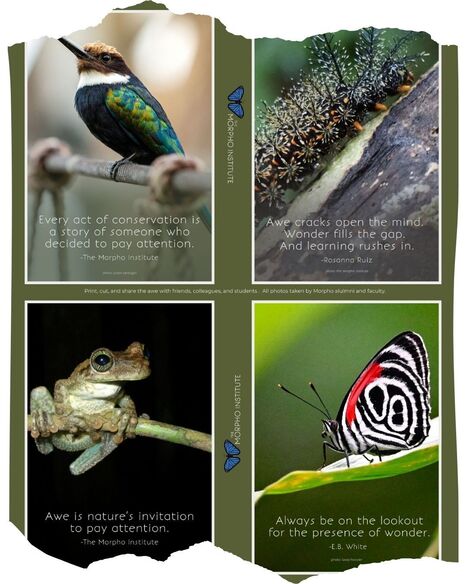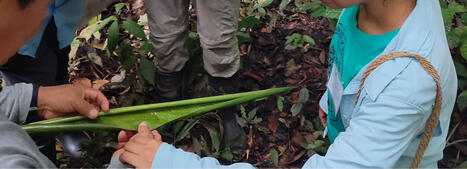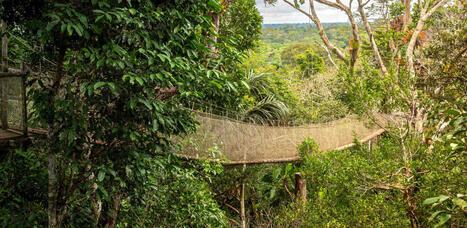Happy Holidays Friends! Wishing you the best for the end of 2025 and a bright start to 2026!
Follow, research and publish the best content
Get Started for FREE
Sign up with Facebook Sign up with X
I don't have a Facebook or a X account
Already have an account: Login
New and noteworthy updates from the Amazon Rainforest & the Morpho Institute
Curated by
The Morpho Institute
 Your new post is loading... Your new post is loading...
|
|











